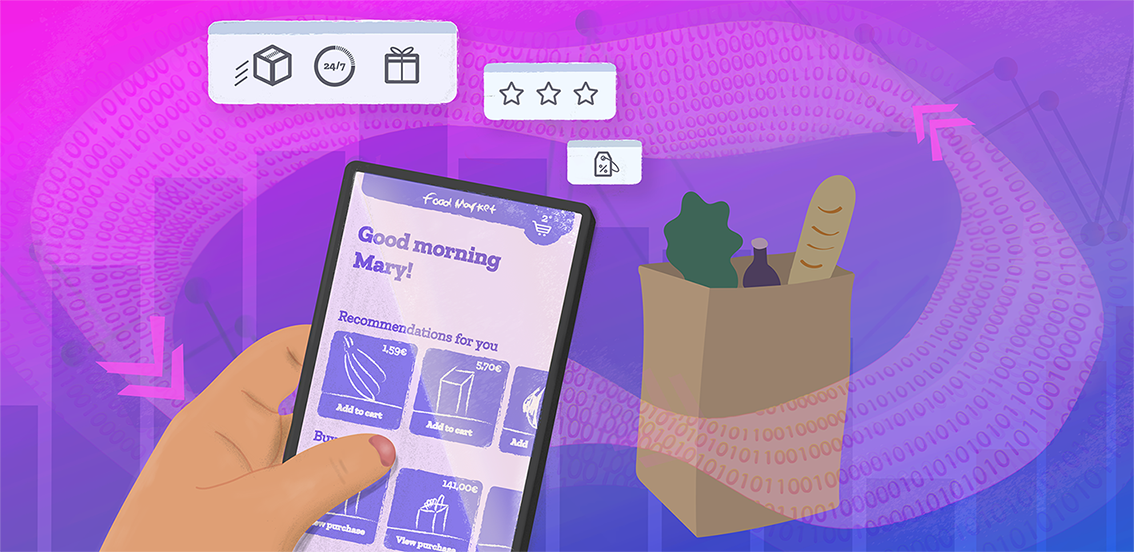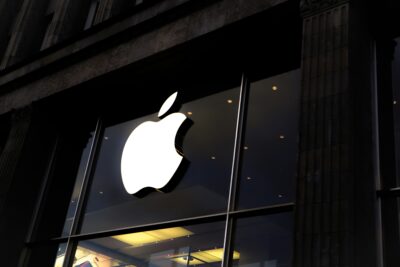
Lauri Rusanen on building the new K-Ruoka mobile app and running a multi-platform digital service
After a major renewal of K-Ruoka’s digital services, product owner Lauri Rusanen has one big piece of advice for every PO and digital product manager: “Move fast and don’t be afraid.”
The digitalisation of food services was already well on its way before Covid-19, but the pandemic gave it a massive boost. For K-Ruoka, this meant that their ecommerce grew by 800% at its peak.
“When the pandemic began, the K-Ruoka app mostly focused on shopping lists, recipes and offers, and the online shopping feature was not so optimal”, K-Ruoka’s product owner Lauri Rusanen says.
“But we had other reasons for the revamp as well. For instance, the previous version was written with old technology, Xamarin, and the market for Xamarin developers was not so big. Consolidating the backend services with K-Ruoka.fi was also a big driver for the update.”
After the 2022 update, K-Ruoka is an all-round digital grocery store for both web and mobile. It includes an online store, personal benefits, games, recipes, shareable shopping lists and the environmental impact of your buying history.
The big-bang approach felt good at first
When you have many new needs, making small changes to apps and websites can feel difficult. K-Ruoka decided to go all in and take the big-bang approach with their app renewal.
Even though the revamp would make the service better, people are reluctant to change and can have unexpected reactions to improvements. Also, if your big project runs into trouble, users won’t spare their feedback or show mercy in their reviews.
“We quickly noticed that positive feedback from your in-depth pre-release interviews with intensive users doesn’t mean that the app will get a seal of approval from everyone. The real feedback comes after the release.”
With the K-Ruoka app, Rusanen says that the user migration didn’t go so well: the login procedure was renewed at the same time, and they couldn’t log people in automatically.
K-Ruoka app’s ratings first fell down to one star, and the churn on active users dropped by 30%. The problems were fixed, and by the end of 2022, the app was making all-time records in downloads, reviews and active users, or users who open the app at least once a week.
“We later realised that we would have had better control of the feedback and it could have been easier to keep all users onboard if we had made one change at a time. For instance, it wasn’t the best idea to change the shopping list concept that much.”
Improving mobile app ratings in app stores
K-Ruoka managed to lift its app store reviews from one star to 4.3 stars, which is something that doesn’t happen by chance. But with a good product, a plan and the right actions, it’s possible.
“It’s more difficult to get feedback and reviews from happy users than from dissatisfied ones if the only way to give feedback is through the app store”, Rusanen says.
One trick is to systematically ask for feedback when something is going smoothly in the app and the user is likely to be happy with it.
“To get feedback from satisfied customers, try to prompt feedback at different points of the customer journey. Just see that you don’t disturb critical customer paths while doing so.”
Making big changes to large companies’ digital products
K-Ruoka has several feature teams working on its digital services, and they all need to know what the others are doing. For instance, logistics needs can have major effects on how the backend should be developed, and that will quickly reflect on the frontend development.
K-Ruoka’s common development practices include shared roadmaps and development procedures, open communication and constant synchronisation with developers and designers, along with analytics, analysis and A/B testing.
“We have an in-house analytics team working on the K-Ruoka application’s, K-Ruoka.fi website’s and our brick-and-mortar shops’ analytics, and we follow and compare these closely.”
In large companies, top management often sets goals and expectations for digital products. At K-Ruoka, Rusanen wants to make sure that the development and design team has ownership of the products and can make their own decisions.
“Our development and design team is not a feature factory – we iterate the ideas of the management and get to do things our own way.”
Key takeaways from the K-Ruoka mobile app renewal
- Testing big-bang replacement – you will get the real feedback when users have to convert
- Don’t do too many big changes at the same time
- Focus on the loud/important minority of your users
- Prepare for taking a hit in reviews, users and management
- Pick your battles and prepare to answer the question ”Why didn’t you do this”
- Motivated team – try to keep motivation up by letting the team contribute as much as possible
- Be prepared for some waste and doing things twice due to learning during the transition
- Prompt App Store and Play Store reviews early on
- Don’t also change the login while doing a big renewal
- You don’t have time to A/B test everything. Sometimes you need to do without and trust your gut.
Join Qvik’s next DiP meetup?
This article is based on Qvik’s Digital Product Meetup held on January 19. The DiP meetups are a place for product managers, product owners and people in product management to discuss and learn about relevant themes.
Our next event will be on March 9 with Antti Hermunen, Senior Engineer Manager at Oura, as the guest speaker on the topic Making your software less late and more on point. Hermunen has an extensive background in digital product development focused on health in mobile applications, diving and winter sports.
What are the ground rules for time management in a big software project?





